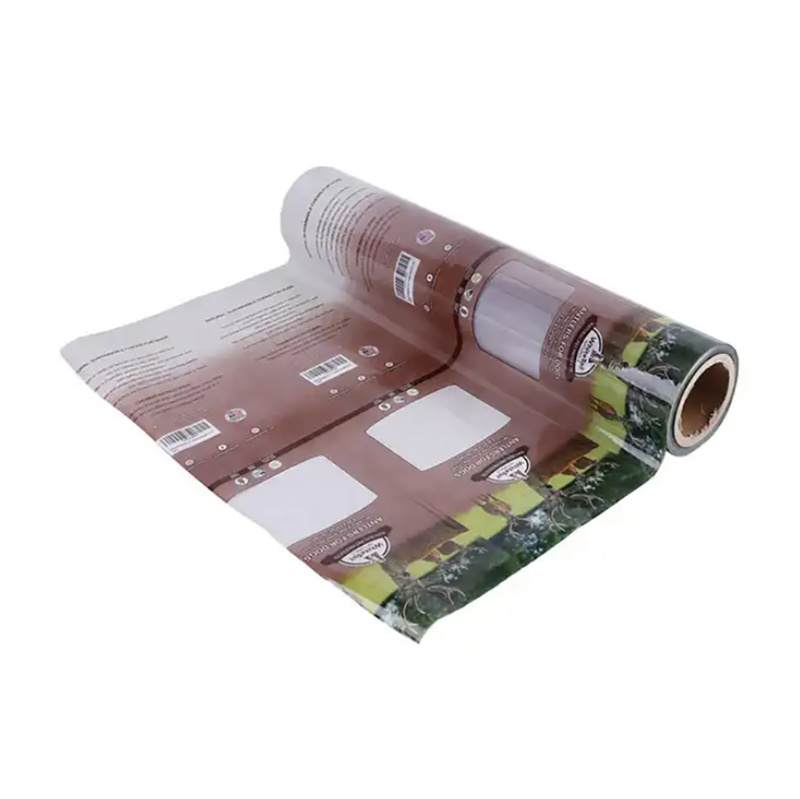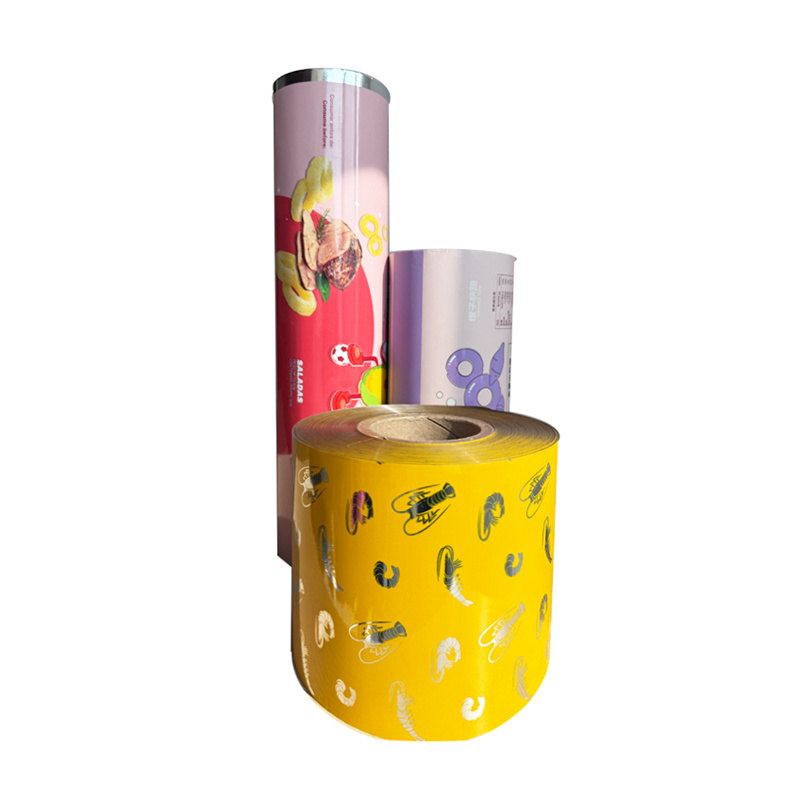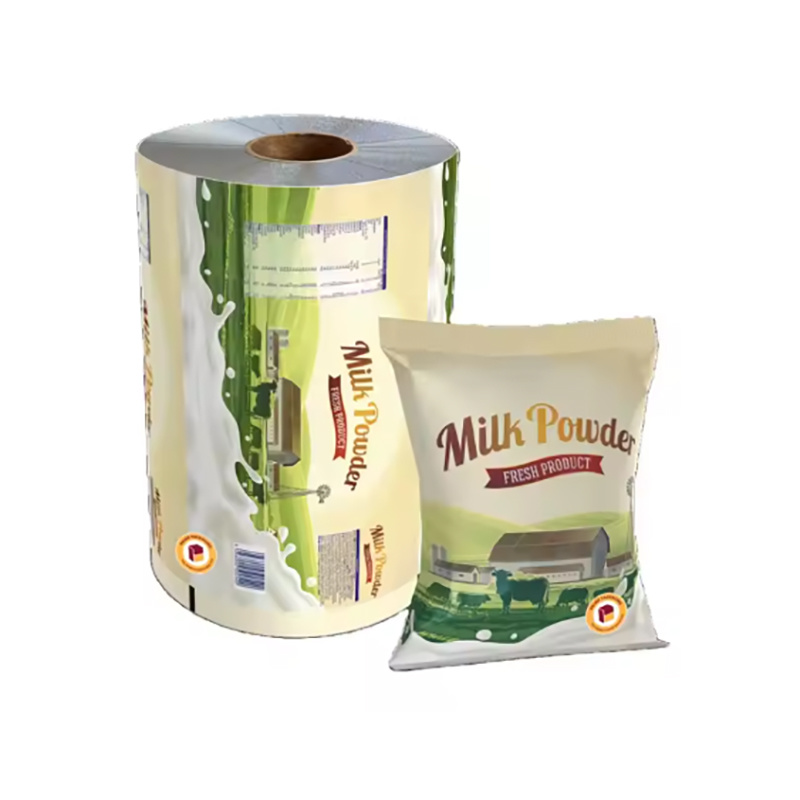Custom coffee bag production is a comprehensive service involving multiple aspects, including material selection, design elements, printing processes, and production flow. A detailed analysis of custom coffee bag production is provided below:
Material Selection
The main materials for coffee bags are aluminum foil packaging bags and composite packaging bags.
1. Aluminum foil packaging bags: These have strong sealing, oxygen barrier, and water retention properties, better preserving the freshness of coffee and extending its shelf life. Suitable for packaging coffee beans and ground coffee, especially effective in protecting special granular coffees.
2. Composite packaging bags: These offer better cost performance and more flexible design choices, widely used in food packaging for coffee granules, powders, tea, candy, etc. Common composite material combinations include PET/AL/PE, PET/VMPET/PE, PET/PE, and KPET/PE, all with good oxygen barrier and water retention properties.
Design Elements
The design elements of a coffee bag include color, pattern, font, and layout, which together constitute the visual image of the coffee bag.
1. Color Matching: Colors can be chosen based on the coffee brand's positioning and target audience. For example, using a combination of blue, green, and black, with curved patterns as a feature, can showcase the charm and quality of the coffee.
2. Pattern Design: Patterns can be abstract, realistic, or geometric, but must match the coffee brand image and product characteristics. For example, stickers with different flavor and bean information can be added to the packaging for consumer understanding.
3. Font Selection: Fonts should be clear and easy to read, and coordinate with the overall design style. Artistic fonts can be chosen to enhance the visual impact of the packaging.
4. Layout: The layout should be logical and orderly, highlighting important information while maintaining overall aesthetics and balance.
Printing Process
The printing process has a crucial impact on the visual effect and quality of the coffee bag. Common printing processes include embossing, gravure printing, screen printing, hot stamping (gold/silver), and lamination.
1. Embossing: The printed pattern is raised, creating a three-dimensional and layered effect.
2. Gravure Printing: The printed pattern is recessed, making the packaging surface smoother and more delicate.
3. Screen Printing: Suitable for printing large-area patterns and text, with vibrant colors that are not easily faded.
4. Hot Stamping (Gold/Silver): Adds a metallic texture and luxurious feel to the packaging.
5. Lamination: Improves the packaging's abrasion resistance and waterproofness, while enhancing the visual effect.
Production Flow
The coffee bag production process includes design confirmation, plate making and sampling, printing production, post-processing, and finished product inspection.
1. Design Confirmation: Communicate with the client to confirm the design draft, including color, pattern, and font.
2. Plate Making and Sampling: Produce printing plates based on the design draft and conduct sample testing to ensure the printing effect meets customer requirements.
3. Printing Production: Install the printing plates on the printing machine for mass production. Strict control of printing quality and color difference is necessary during production.
4. Post-Processing: Includes processes such as cutting, folding, sewing, and heat sealing, processing the printed rolls into finished coffee bags.
5. Finished Product Inspection: Conduct quality inspection of the finished coffee bags to ensure they meet customer requirements and relevant standards.
Remarks
1. Minimum Order Quantity: Custom coffee bag production usually has a minimum order quantity requirement. The specific quantity needs to be determined based on the length of the printing film and the size of the bag. Smaller minimum order quantities may lead to higher unit prices and increased loss rates.
2. Material and Thickness: Select appropriate materials and thickness based on the characteristics of the coffee and customer needs. Environmental protection and lightweight trends should also be considered, designing reasonable packaging solutions for customers.
3. Valves and Zippers: Valves and zippers are important functional components of coffee bags, and appropriate types and specifications should be selected according to customer needs. For example, one-way degassing valves can help coffee bags expel internal gases, maintaining coffee freshness; while zippers make it convenient for consumers to open and close coffee bags and access the coffee.
4. Delivery Time: The production cycle for custom coffee bags is usually longer, requiring advance communication with the customer to confirm the delivery time. Production planning and progress tracking should be done to ensure on-time delivery.
In summary, custom coffee bag production requires comprehensive consideration of material selection, design elements, printing processes, and production flow. Professional custom services can provide customers with high-quality coffee bags that meet their brand image and product characteristics.
TAG:
Previous
Next
Previous
Next








Custom coffee bags
Category:
Product inquiry
NOTE: Please leave your email, our professional person will contact you asap!













